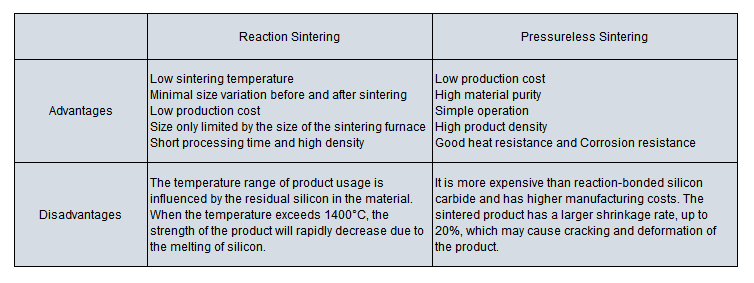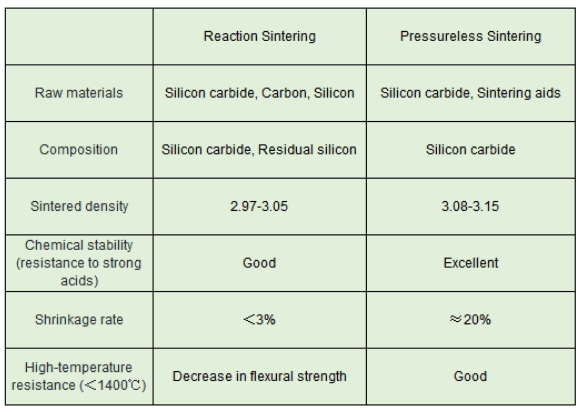SiC, as a hard and brittle compound semiconductor material, poses challenges in mechanical processing. Traditional synthesis methods have limitations in producing large, lightweight, and complex SiC parts. Additionally, these methods often require molds, resulting in lengthy processing times and high costs.
Compared to traditional methods, 3D printing offers advanced manufacturing capabilities without the need for molds. However, direct 3D printing of ceramic carbides like silicon carbide is challenging because they don't have a melting point and tend to oxidize or decompose at high temperatures. To overcome this, a green body is first printed and then sintered to achieve the desired ceramic carbide structure.
Currently, 3D printing SiC ceramics faces challenges like low solid content, high silicon content, and low mechanical properties. Direct ink writing (DIW) results in low density due to low solid content. Laser printing causes cracks and poor mechanical properties due to thermal stress during sintering. Binder jetting (BJP) limits powder packing density, restricting SiC volume. Stereolithography (SLA) produces high-strength, high-precision ceramics, but SiC's absorption characteristics pose challenges. Thus, improving efficiency and reducing costs is crucial for SiC ceramic manufacturing.
![]()
To improve the preparation of SiC ceramics, focusing on achieving near-net shape sintered ceramics will be the main research direction. Sintering techniques such as reaction sintering and pressureless sintering are commonly used after 3D printing SiC ceramics using the PEP process.
Summary of the differences between reaction sintering and pressureless sintering after forming SiC using the PEP 3D printing process:


How to choose which technique to use?
To control dimensions and achieve better accuracy after sintering, like for SiC space mirrors, choose reaction sintering. For high-temperature applications like aerospace engine turbines or rocket nozzles, pressureless sintering is generally preferred.
Heeger Materials is a reputable supplier offering top-notch Semiconductor Materials and Technical Ceramics products at competitive prices, which are widely used in research and science fields. If you're interested, feel free to contact us at [email protected] for a quote, and we guarantee a response within 24 hours.


